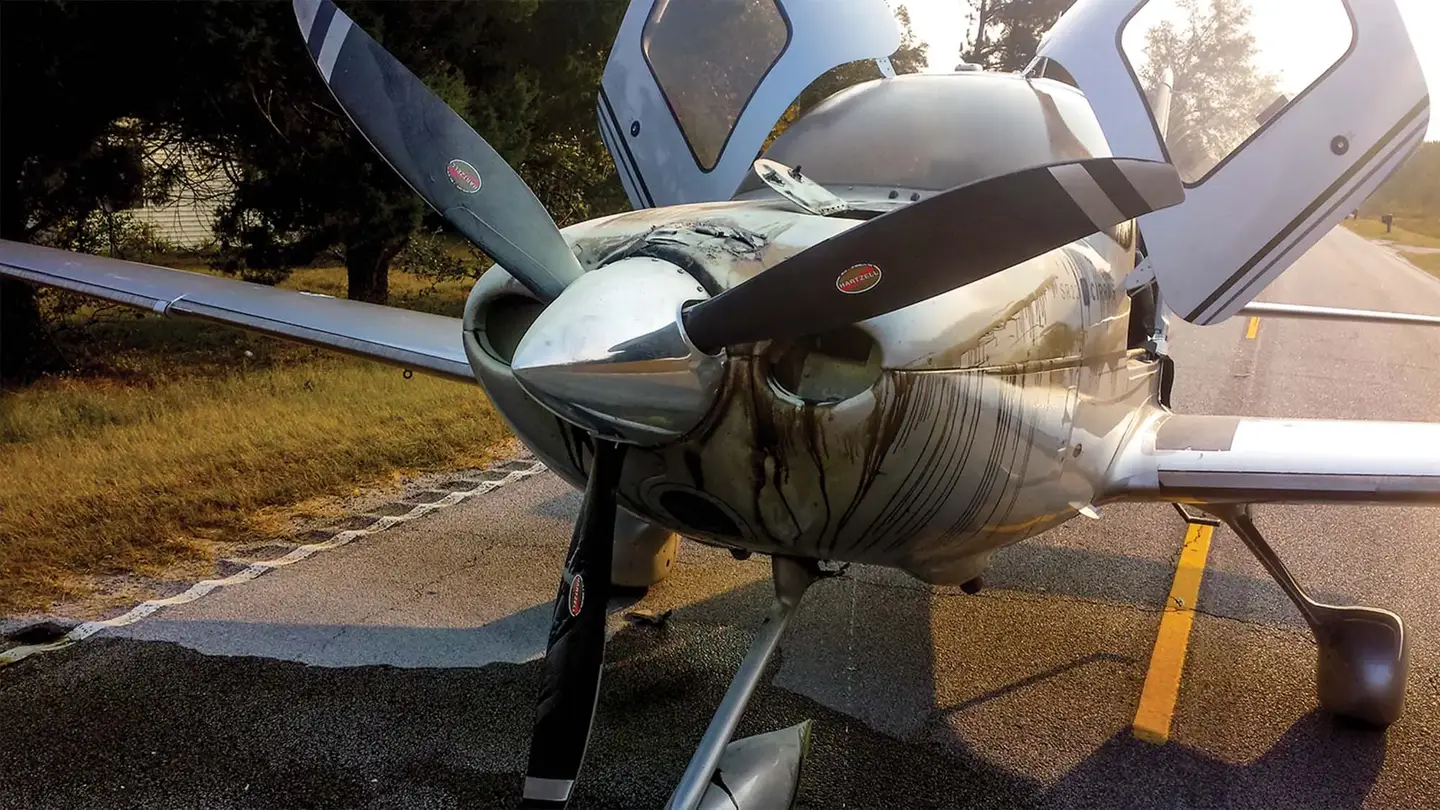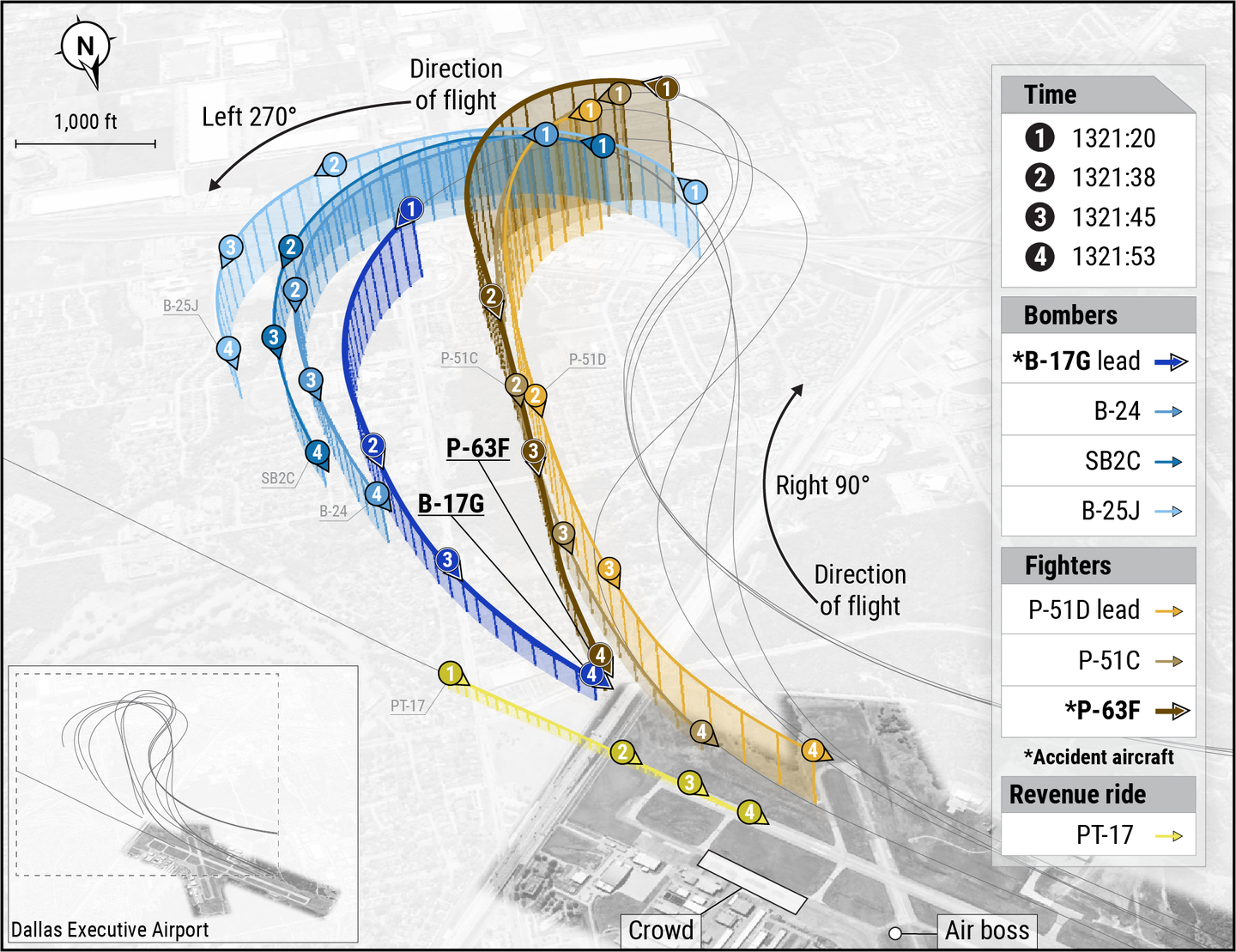General Aviation Accident Bulletin
AVweb’s General Aviation Accident Bulletin is taken from the pages of our sister publication, Aviation Safety magazine. All the reports listed here are preliminary and include only initial factual findings…

Aviation Safety Accident Bulletin
AVweb's General Aviation Accident Bulletin is taken from the pages of our sister publication, Aviation Safety magazine. All the reports listed here are preliminary and include only initial factual findings about crashes. You can learn more about the final probable cause on the NTSB's website at www.ntsb.gov. Final reports appear about a year after the accident, although some take longer. Find out more about Aviation Safety at www.aviationsafetymagazine.com.
April 7, 2020, Chickaloon, Alaska
Piper PA-18A Super Cub
The pilot was landing the wheel/ski-equipped airplane at a remote off-airport site in an area of mountainous, snow-covered terrain. The selected landing area was slightly uphill. On final approach, the pilot felt uncomfortable and elected to go around. During the go-around, she added full power and started a left turn. The airplane subsequently collided with an area of rising, snow-covered terrain, sustaining substantial damage to the right wing and fuselage. Weather about the time of the accident included clear skies with light and variable winds. The pilot stated that she should have made another practice approach or two to verify the wind direction and local terrain conditions before the attempted landing.
April 9, 2020, Marathon, Fla.
Pipistrel Sinus 912 LSA
At 1700 Eastern time, the motor glider was destroyed when it collided with a house. The solo pilot was fatally injured. Visual conditions prevailed. The airport manager later said the pilot was flying over the airport and in the local area most of the day. At about 1600, he heard the pilot on the CTAF reporting that he was at 7000 feet and circling the airport. That was the last radio transmission he heard from the pilot.
Two witnesses heard an unusual loud noise and then saw the accident aircraft. They heard the engine “laboring” and saw the motor glider wobbling in the air. It then made a “sharp left turn” and the engine started to “surge, sputter” before it lost power completely. The nose “dropped down” about a second before impacting a house. The aircraft’s whole-airframe ballistic parachute deployed during the impact. The motor glider and the house were consumed during the post-impact fire.
April 9, 2020, Mount Pleasant, S.C.
Arion Lightning LS-1 Experimental
The airplane was destroyed at about 2100 Eastern time when it crashed short of the runway. The pilot and the flight instructor were fatally injured. Night visual conditions prevailed.
The student pilot, who had recently purchased the airplane, and the flight instructor were receiving flight-following services from ATC when they advised they would be making a touch-and-go landing and returning to the frequency for their return leg. Radar data showed the airplane entering a descending left turn to maneuver for the landing, with the last return at 525 feet on final. The airplane impacted heavily wooded flat terrain about ½-mile south of the departure end of the runway.
The airplane was heavily fragmented during the accident sequence. A portion of the fixed-pitch propeller remained attached to the propeller flange and engine. One propeller blade was fractured and separated near its root. Eighteen inches of the opposing blade remained attached to the flange and was cleanly broken. A 15-plusinch-long section of propeller blade was found near the main wreckage and appeared intact outboard of the break. Both fuel tanks were breached, and the fuel selector valve was separated from the fuselage. Its handle was found in the left tank position. The day before the accident flight, the airplane’s fuel tanks were topped off; the airplane had not flown until the accident flight the following evening.
April 10, 2020, Sidney, Iowa
Beechcraft N35 Bonanza
At about 1225 Central time, the airplane was substantially damaged during an off-airport landing following an engine failure. The airline transport pilot and passenger were not injured.
This was the airplane’s third flight following an annual inspection; the airplane had flown about 1.5 hours since the inspection. About one hour into the cross-country flight and at about 4500 feet MSL, the engine ceased to produce power without warning. Remedial actions had little effect and the pilot selected a grass field for landing. Upon touching down in the grass field, the nose gear collapsed and the left main gear was compressed up and into the left wing, resulting in substantial damage.
April 11, 2020, Eagle River, Alaska
Cessna A185 Skywagon
The wheel/ski-equipped airplane was substantially damaged at about 2025 Alaska time when it struck trees and a powerline before colliding nose-first with terrain. Of the four occupants, the pilot and one passenger sustained serious injuries, and two passengers sustained minor injuries. Visual conditions prevailed.
The pilot was preparing to land on the frozen, snow-covered surface of Fire Lake. As the pilot began maneuvering the airplane to join the traffic pattern, the engine suddenly lost power. The pilot flew the approach and prepared for an emergency landing before striking the stand of trees short of the lake’s frozen surface. A witness heard the engine suddenly change from a mid-range cruise setting to an abrupt loss in power.
April 16, 2020, Enid, Okla.
Cessna 172N Skyhawk
The flight instructor had briefed the student to simulate a power-off approach to the south at a private turf airstrip and execute a go-around 100 feet above the landing area. At about 100 feet AGL and about 60 KIAS, the student was instructed to go around, but the airplane continued to descend, and bled airspeed to about 45 KIAS. The instructor applied full power and raised the flaps, but the airplane “touched down firmly” about mid-field off the left side of the runway and subsequently veered further left into a wheat field. The instructor visually inspected the airplane from his right seat and decided to take off to the south, returning to the home airport. A post-landing inspection revealed the left wing had sustained substantial damage. Local wind was from 180 degrees at 28 knots, gusting 35.
This article originally appeared in the July 2020 issue of Aviation Safety magazine.
For more great content like this, subscribe to Aviation Safety!






